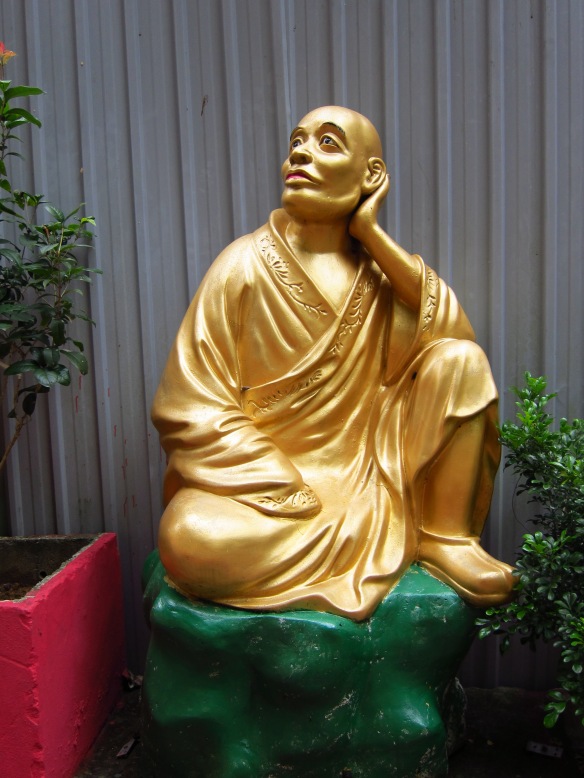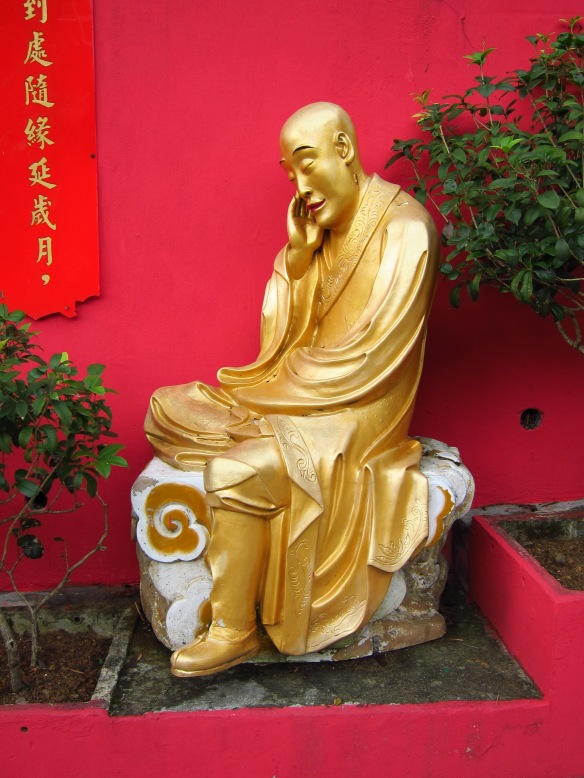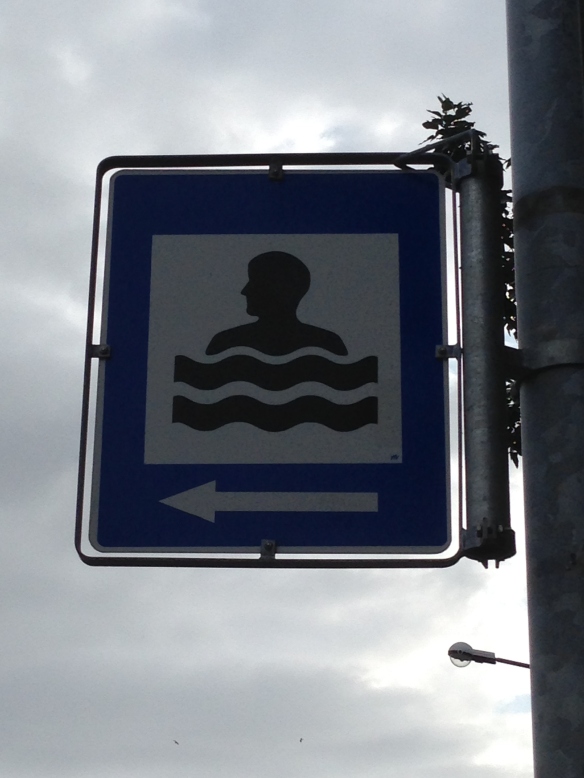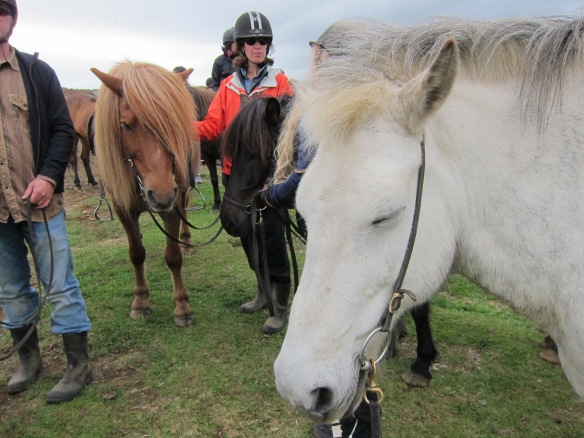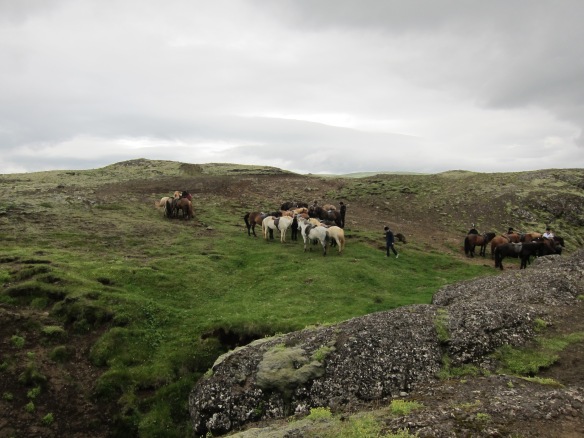Some nightmarish stuff went down in the medieval studies world in the last few days, and this time it was directed at someone I know personally, have known for about 20 years now, and count as one of my good friends as well as professional colleagues (not to mention a really important voice in medieval studies). On this blog she’s affectionately known as The General, a nickname we gave her in graduate school because she was good at effectively directing people in what otherwise might seem a chaotic situation. (The nickname especially arose from the giant Thanksgiving dinners she used to throw, where we’d all pitch in and about 20 people would be in the kitchen at once.) Despite the nickname, she is emphatically NOT the bully of this post, but the bullied. But I’m going to stick to pseudonyms, largely because that’s always been the style of this blog. You’ll soon be able to put real names to the pseudonyms — I’m not really hiding anything here.
What I am doing is giving a narrative form of what went down as I experienced it. I hope it doesn’t come across as some “hot white take” on what happened (as if we need that), but more of a record, a narrative of support for the General, and a condemnation of her bully’s tactics.
So, last month, in the wake of the white supremacist march on Charlottesville, The General wrote a guest post at In the Middle called “Teaching Medieval Studies in a Time of White Supremacy.” She opened it by writing:
Today, medievalists have to understand that the public and our students will see us as potential white supremacists or white supremacist sympathizers because we are medievalists. The medieval western European Christian past is being weaponized by white supremacist/white nationalist/KKK/nazi extremist groups who also frequently happen to be college students. … If the medieval past (globally) is being weaponized for the aims of extreme, violent supremacist groups, what are you doing, medievalists, in your classrooms? Because you are the authorities teaching medieval subjects in the classroom, you are, in fact, ideological arms dealers. So, are you going to be apathetic weapons dealers not caring how your material and tools will be used? Do you care who your buyers are in the classroom? Choose a side.
I read that and said, “Yes!” It galvanized me because I’d been worrying about exactly this, that “our students will see us as potential white supremacists or white supremacist sympathizers because we are medievalists,” because the Middle Ages were “being weaponized by white supremacist/white nationalist/KKK/nazi extremist groups,” including on college campuses. I’d especially been worrying about this in the wake of Charlottesville, where white supremacist marchers were carrying medieval cosplay shields, wearing the insignia of the Knights Templar, shouting “Deus Vult!” (“God wills it!” — the cry of the First Crusade), and so forth. (Public medievalist David Perry has been writing and talking about this a lot. Here’s one of his articles, and here’s a link to a recording of his interview on NPR’s On the Media.) I was worried, too, because I’m on sabbatical and I’m concerned that in my absence, potential students are going to be turned off by anything medieval, automatically associating it with white supremacy, and therefore avoiding my classes when I get back. (I’m still concerned about that, since I can’t combat that head on in the classroom this year.) In short, the post spoke to me, and I recognized it as calling on *all* medievalists to address this in the classroom, because “our students will see us as potential white supremacists.” (I’m going to come back to that.)
But somebody else — let’s call her Ursa — read that post and thought that the General was calling the field of medieval studies a white supremacist field, and that we white people needed to “cleanse ourselves and our academic subject of this stain.” Huh? Yeah, I was confused, too.
I’m not going to link to Ursa’s blog because I don’t want to give it traffic, but luckily, I don’t have to. JJC (I don’t have a nickname here, so I’ll stick to initials), who founded In the Middle, made this PDF and made it available for all. If you haven’t already read it, take a look at it. It begins by giving us a picture of the General, and her affiliation. Why? Why is that necessary to the argument? Is that something we do when arguing with other academics? It’s not, but it’s a tool for Ursa’s purposes. Yes, in the original post, the General mentioned her race and that students would likely not assume she’s a *white* supremacist (but then she mentions that Asians are not free from anti-black racism), but Ursa could have easily said, “As she points out, she’s Asian.” Posting her picture and other identifying information is a form of “doxing” and makes the doxed person a target for trolling and harassment. To dox someone is to release personal or private information (from documents — hence dox — or elsewhere) with malicious intent. That picture was originally published openly and can be found in a Google search, yes, but it was not necessary to the argument. (It was also copyrighted, btw.) Its only purpose then must be a rhetorical, “Look at her,” to make it about her person and not her argument. And then Ursa compounds it by the utterly superfluous use of another medievalist person of color’s picture to say, “See, we’re not all white.” (Also, it seems Ursa doesn’t get statistics. If only .5-.75% of medievalists are people of color, posting the pictures of two doesn’t counter that fact!) Anyway, that’s a move akin to “But I have black friends.” What Ursa is doing here is using the race of two people of color as a rhetorical move, as tools in her argument, and it’s vile, especially given the snarky sarcasm it’s laced with. That vileness comes back at the end, too — I’ll turn to that in a moment.
And then things get all sorts of muddled from there. The actual “content” of Ursa’s argument — such as it is — is confusing because it utterly misrepresents the General’s original argument. The General was arguing that things of the Middle Ages were being misappropriated by white supremacists such as those at Charlottesville, and we need to fight that and signal to our students that the Middle Ages isn’t the pure-white/pure-Christian fantasy that the white supremacists want to make it, that they don’t own it. Ursa seems to think that the General was saying the Middle Ages itself is white supremacist and people who study it therefore are, too, and then tries to argue that it’s not because…because of one line in the Bible and one Black Madonna? It really wasn’t clear. But it’s not really worth teasing out anyway, because she clearly intends to obfuscate and misrepresent. The whole point was to attack the General’s knowledge, expertise, and authority, and her very right to be a medievalist. She even makes a snide dig about how she’s never seen the General at a Medieval Academy meeting, to signal that the General doesn’t have the right stuff. (In truth, followers of this blog may remember that the General has actively boycotted the MAA since the Arizona debacle. She wrote a guest post about that back then right here.) As if it’s not clear enough that Ursa doesn’t think the General has the goods, she closes the piece with this: “How should you signal that you are not a white supremacist if you teach the ‘medieval western European Christian past’? Learn some f*cking medieval western European Christian history, including the history of our field.” Yeah, that’s right, she’s saying that the General doesn’t know shit about medieval studies. The whole damn thing is just a hit job.
But wait, it gets worse. Ursa is a big fan of a certain alt-right asshole provocateur that I’ll call…I dunno…Creepo (yeah, not very good, but I’m out of ideas). Anyway, Creepo is such a cretinous piece of work that he managed to get himself banned from Twitter for harassing people. You have to work hard to get banned from Twitter; they hardly ban anyone. And he has a rabid following of millions of alt-right trolls, racists, misogynists, and harassers. So Ursa thought it was a SUPER idea to tag him on Facebook when she linked to her blog post. Now you kind of see where the doxing/targeting of the General was going. “Have at her!” Ursa was clearly saying to Creepo. And Creepo did. His media outlet–you know the one; the one most associated with the alt-right these days–did a piece on it, spreading the word that a “fake scholar” (that would be the General) was defaming the Holy Land of the Middle Ages, but brave Lady Ursa was there to hold back the horde. Or something. (I can share a PDF of that, too: here.) Also, Creepo et al. don’t know what a sword is; that’s not a sword in that picture.
Ursa being an asshole on her own, and arguing in bad faith, is bad enough, but calling out the alt-right stormtroopers is something else entirely. It’s unconscionable. It’s a pure attack. There can be no other reason for it. It’s an attempt to make someone’s life miserable. And to do it to someone who’s as yet untenured (the General is an assistant professor) is to put their whole career and life’s work in jeopardy.
THAT’S how you signal you’re a bully.
And it got even worse from there. More happened. I’m going to skip over some of the details of it — which included anti-Semitic dog-whistles claiming JJC was really behind all this; claiming that the General was too “young” to know better and couldn’t have written anything herself; and all sorts of obviously offensive bigotry, sexism, and racism — in part because I don’t have links for you all and the conversation was happening all over the place. But also, I want to get to Ursa’s latest volleys and point out something important about the timeline and about Ursa’s motivations (which she revealed in the latest volley).
Ursa’s original blog post in response to the In the Middle piece was on Sept. 14. The In the Middle Piece was published on August 28. Ursa’s response is a little slow in internet time, so it kind of seemed like it came out of the blue. Combined with its misreading/misrepresentation and the personal tone it took, the whole thing rather puzzled me. Why? Why did it even exist? Or more colloquially: WTF?
Well, on Sept. 17, Ursa published another blog post, which you can see here (again in PDF). Take a look at that title in the upper left. Yeah, she thinks it’s personal. Wait, what’s personal? you might ask. I was wondering the same thing. It turns out that over a year and a half ago, the General criticized a piece of Ursa’s public writing in defense of white men. Note: she criticized the *content* of the writing. And then Ursa decided she had a nemesis out to get her, I guess. Look at all those screen shots she collected and put in that post, some of them sent to her by other people from closed Facebook groups. (That’s all very weird. It seems to me like you have to be kind of obsessed to ask someone to spy for you. Or to collect all of those screen shots.) And look closer at them — most of them are not clearly even about Ursa or her writing! But she thinks they’re all about her.
And that’s the real kicker here. Look at how she closes this latest piece: “I took this [i.e., the “Teaching…in the Time of White Supremacy” post] as a direct attack on me.” What?!?! She read a piece in response to the white supremacist march on Charlottesville and thought it was ALL ABOUT HER. You know, the one that says, “our students will see us as potential white supremacists.” And she thought this because the General criticized her arguments a year and a half earlier. I can’t even.
The medievalist community, by and large, responded in outrage at Ursa’s Sept. 14 post, so now she’s childishly claiming, “But she started it!” And what the General supposedly started happened a year and a half ago, so the General’s recent post in reaction to actual current events MUST be a personal attack on Ursa.
You’ve got to be kidding me. That is also how you signal that you are a bully — you blame the victim.
Anyway, some people are coming to all of these posts at once and totally buying Ursa’s claim that the General started it. But look carefully at the timestamps of everything (not to mention their content) and think about what it means that Ursa’s been collecting screen shots, and that she thought an obviously general call to all medievalists was all about her.
Finally, on a related note, I’m sick and tired of white people who think “racist” and “white supremacist” are epithets or slurs on the level of actual racial epithets and slurs. If your words, actions, or inactions cause harm to people of color and uphold white power, privilege, or benefits at the cost of people of color, they are racist and/or white supremacist. And you can change your words, actions, or inactions. Criticizing those things is not criticizing your personhood. Get over yourself.





